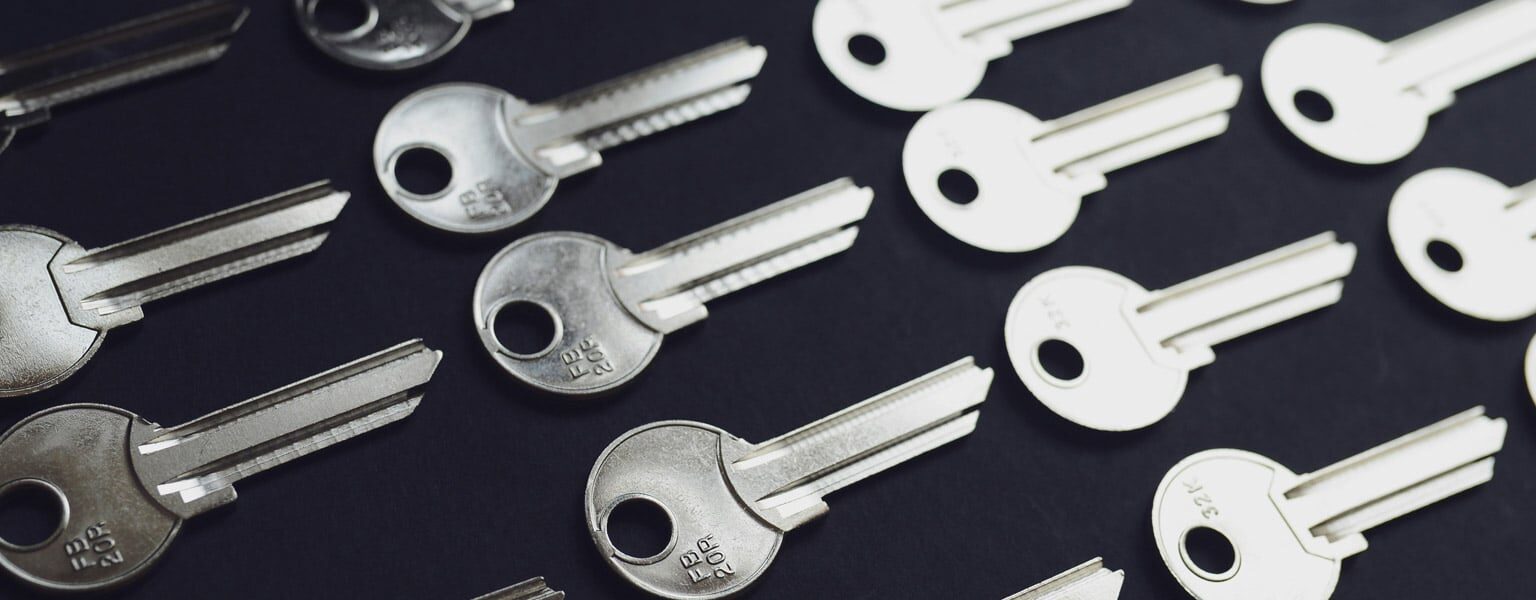How to Make a Secure Password Strong and Memorable
Contents
Key Takeaways
- Weak passwords are still the number-one cause of data breaches — even in small businesses.
- A secure password combines length, randomness, and unpredictability — not just symbols.
- Password managers make it possible to use unique passwords without losing your mind.
- Multi-factor authentication (MFA) is the best sidekick your passwords could ask for.
Creating a secure password isn’t just an IT checkbox — it’s the digital equivalent of locking the front door of your business. Yet many people still rely on passwords like Password123 or Summer2025! because they’re “easy to remember.” The problem? They’re also easy to crack.
Let’s explore what makes a strong password, how to build one that even a hacker would groan at, and how to keep your business accounts locked down tight.
What Makes a Password Secure?
Think of a strong password like a good spy alias — hard to guess, unique every time, and never reused. Password security isn’t just about tossing in a few special characters; it’s about structure, length, and unpredictability.
The Anatomy of a Strong Password
A truly secure password isn’t just a jumble of characters — it’s a thoughtful defense mechanism. It needs to be long enough to outlast brute-force attacks, complex enough to baffle guessing algorithms, and personal enough that you can actually recall it without a panic attack. The sweet spot? A mix of memorability and randomness that feels natural to you, but nonsense to everyone else.
-
Long: At least 12–16 characters (longer is always better).
-
Unique: Never reused across multiple accounts.
-
Random: Avoid names, birthdays, or dictionary words.
-
Complex: Combine uppercase, lowercase, numbers, and symbols.
Example: Green!Canoe84_Flutter? — strong, memorable, and delightfully nonsensical.
Password Security Best Practices
Even the strongest password can fail if handled carelessly. Good password security is like good hygiene — it only works if you keep it consistent. By following a few key habits, you can dramatically reduce the odds of a breach without needing to memorize 50 complicated strings of characters.
Use a Password Manager
Instead of trying to remember dozens of logins, use a password manager like Bitwarden, 1Password, or Keeper. These tools:
-
Store and encrypt your credentials.
-
Generate random, complex passwords automatically.
-
Sync across devices securely.
Bonus: You only have to remember one very strong master password.
Enable Multi-Factor Authentication (MFA)
MFA adds a second lock to your digital door. Even if someone obtains your password, they will still need another code or device to access your account.
-
Use app-based authenticators (like Microsoft Authenticator or Authy).
-
Avoid SMS-only MFA where possible.
-
Enable MFA on every account that offers it.
Avoid Common Password Pitfalls
When it comes to passwords, the “common sense” tricks of the early 2000s no longer hold up. Hackers today use automated tools that can test millions of combinations in seconds — and they know every substitution trick in the book. Using “P@ssw0rd!” doesn’t make you clever; it makes you predictable.
-
Replacing “a” with “@” doesn’t fool modern cracking tools.
-
Using seasonal or predictable patterns (“Winter2025!”) makes you an easy target.
-
Writing passwords on sticky notes defeats the purpose entirely.
Password Management Tips for SMBs
For small businesses, password security isn’t just an IT responsibility — it’s a cultural one. Every employee login, shared platform, and cloud app creates another door that needs locking. By setting strong password practices across the organization, you protect not just data, but productivity and trust.
Set a Company Password Policy
Without a policy, even the best employees might take shortcuts. A good password policy sets expectations, simplifies management, and keeps everyone on the same page. Think of it as a friendly rulebook that keeps your digital house in order.
-
Require minimum length and complexity.
-
Prohibit reusing or sharing passwords.
-
Encourage the use of a password manager company-wide.
Train Your Team Regularly
You can’t expect people to follow rules they don’t understand — especially when the threat feels abstract. Regular password training helps employees see security as empowerment, not punishment. Plus, it keeps everyone alert to the tricks hackers use to sneak in through weak passwords.
-
Run short, quarterly refreshers on password safety.
-
Teach staff how to recognize phishing attempts.
-
Celebrate good security habits (bonus points for gamifying it).
Common Mistakes in Password Security
Even businesses with good intentions can slip up when it comes to password safety. The most common mistake? Assuming strong passwords are enough. Security is a chain of habits, and one weak link — like reusing a password or skipping MFA — can undo all your effort. A few reminders can save you major headaches later.
-
Reusing passwords across systems. If one gets compromised, they all do.
-
Skipping MFA because it’s “too inconvenient.” So is a data breach.
-
Not updating passwords after employee turnover. Departing staff shouldn’t take access with them.
Why It Matters for SMBs
Small businesses are prime targets for cybercriminals because they often rely on default settings or outdated habits. A single weak password can unlock customer data, financial systems, and your reputation — all in one click.
Building a culture of password security isn’t overkill; it’s business survival. Treat passwords like digital keys — guard them carefully, update them frequently, and never share spares.
How Kelley Create Can Help
Strong passwords may be small details, but they play a big role in keeping your business secure. Every login is a front door to your data — and we help you make sure the locks are strong, smart, and easy to manage.
At Kelley Create, we don’t just preach password hygiene — we build systems that make it effortless. From password management to full-scale networking, our team helps SMBs protect their people, devices, and data with practical, right-sized solutions:
Implement password and MFA policies that work company-wide.
Simplify and centralize credentials with the right tools and integrations.
Teach your team how to spot risks before they click.
When something feels “phishy,” you’ll have experts on call to respond fast.
Because at the end of the day, your business deserves more than a password — it deserves peace of mind.
Ready to strengthen your defenses? Contact Kelley Create today and let’s lock down your digital front door — without losing the key.
FAQs
-
Use at least 12–16 random characters, mixing letters, numbers, and symbols. Avoid patterns or personal information.
-
Change them immediately after a breach or if you suspect compromise. Otherwise, rotate every 6–12 months — or let your password manager handle it automatically.
-
Never. Reused passwords make it easy for hackers to jump from one account to another.
-
Yes — reputable ones use end-to-end encryption, meaning only you can access your data. They’re far safer than spreadsheets or sticky notes.
-
Passphrases like “CoffeeLovesMondays@9am” are easier to remember and often more secure due to their length and unpredictability.



